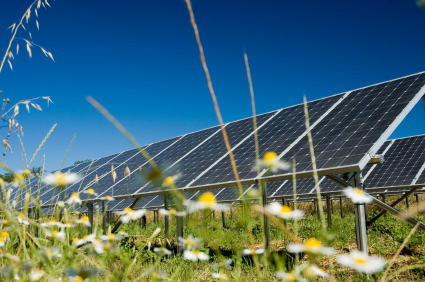 Without jumping too deeply into the political fray, I just want to share a few links that will help home gardeners choose their seed supplier this year. This is particularly timely, with a gigantic class-action lawsuit pending against Monsanto by a collective of farmers and the wild popularity of the movie Food, Inc.
Without jumping too deeply into the political fray, I just want to share a few links that will help home gardeners choose their seed supplier this year. This is particularly timely, with a gigantic class-action lawsuit pending against Monsanto by a collective of farmers and the wild popularity of the movie Food, Inc.
If you want to avoid genetically modified seed varieties while supporting sustainable options like organics and heirlooms, then here is a link that lists which seed companies are owned by or sell Monsanto/Seminis seeds: http://www.garden-of-eatin.com/how-to-avoid-monsanto/. That link also shares alternative sources for non-Monsanto seeds.
[Note: Seminis is a child company of Monsanto and according to Wikipedia is “the largest developer, grower and marketer of fruit and vegetable seeds in the world.”]
In addition, the Council for Responsible Genetics lists seed companies that have signed the 2012 Safe Seed Pledge.
Make your own pledge to stay informed and make your vote (money) count when you make purchases this year. While it may be fun and nostalgic to thumb through the annual Burpee, Jung or Park Seed catalogs, just know that they are all supplied by Monsanto.
Now, hopefully nobody wearing a black suit knocks on my door this week…
[UPDATE] Not 5 hours after I published this post, did the New York federal court toss out the lawsuit against Monsanto. Back to the drawing board.
Posted in Heirloom Seed, Organic Gardening, Seed
Tagged burpee, food, gardening, heirloom, inc., jung seed, monsanto, monsanto lawsuit, organic, park seed, seed planting, seed saving
 “When the sun sets on Charlie Larson’s cabin, he does not flip a light switch- his cabin doesn’t have electricity. It takes several moments longer to reach for his kerosene lamp, strike a match, and adjust the burning mantle to shed a dull light on the walls of the single-room cabin. A curl of smoke rolls inside the chimney of the lamp before the heat makes the fuel burn clean.
“When the sun sets on Charlie Larson’s cabin, he does not flip a light switch- his cabin doesn’t have electricity. It takes several moments longer to reach for his kerosene lamp, strike a match, and adjust the burning mantle to shed a dull light on the walls of the single-room cabin. A curl of smoke rolls inside the chimney of the lamp before the heat makes the fuel burn clean.




